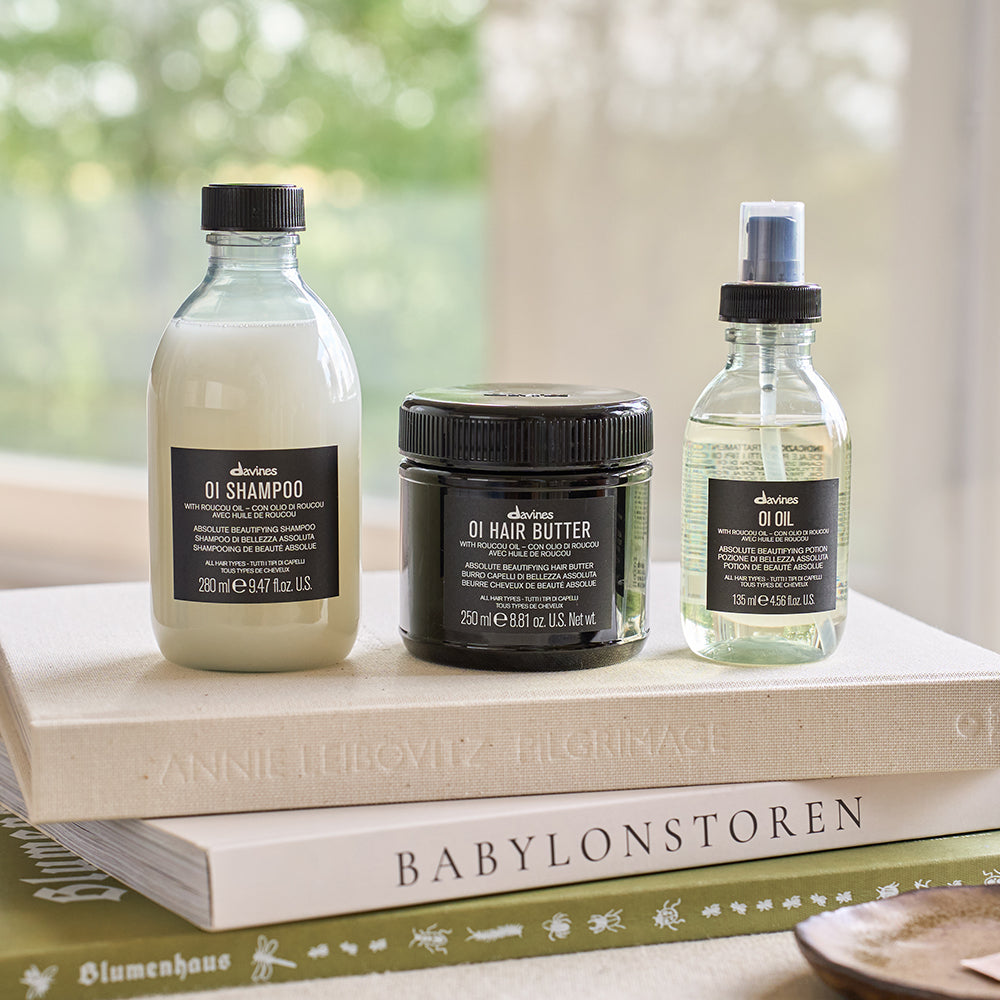Our warehouse will be closed until 1/9. All orders will be fulfilled starting on 1/12. We appreciate your patience.
Free Carbon Neutral Shipping On Orders $75+, Plus 4 Free Samples!
Pay with Klarna
Connect with Us and Get FREE Shipping. Sign Up!
- Hair Quiz
- Blog
- Salon Locator
- Personal Account Salon Locator
- Shop Best Sellers Buy Now Pay Later with Klarna
Our warehouse will be closed until 1/9. All orders will be fulfilled starting on 1/12. We appreciate your patience.
Free Carbon Neutral Shipping On Orders $75+, Plus 4 Free Samples!
Pay with Klarna
Connect with Us and Get FREE Shipping. Sign Up!














1 Comment
1 Response
Edith Reese
August 02, 2021
Your “tutorial” on hair types was most helpful. Surprisingly, my straight-as-a-stick hair got a bit of a wave/curl to it after menopause! My hair is baby-fine and dry. After years of coloring it, I let it go naturally grey and am pleased with the results. My go-to cut is an ultra short pixie. I use only Davines’ products.
Leave a comment
Comments will be approved before showing up.